Massage Therapy for Plantar Fasciitis and Foot Pain
August 21, 2025
12 min

Understanding Plantar Fasciitis and Its Impact on Foot Health
Plantar fasciitis is a prevalent condition causing significant heel and foot pain, often impeding daily activities and mobility. This article explores the role of massage therapy as an effective treatment modality, detailing how various massage techniques target the underlying causes of plantar fasciitis to provide relief and promote healing. By understanding the symptoms, causes, and benefits of massage, individuals suffering from plantar fasciitis can make informed decisions about managing their foot discomfort through professional and self-care approaches.
What Is Plantar Fasciitis? Causes and Symptoms
What is plantar fasciitis and what causes it?
Plantar fasciitis is an inflammatory condition affecting the thick band of tissue called the plantar fascia, which runs along the bottom of the foot. This tissue supports the arch and absorbs shock during walking and running.
The condition often results from overuse or excessive stretching of the plantar fascia. Activities like prolonged standing, running, or walking on hard surfaces can stress this tissue, leading to small tears and inflammation.
Several factors increase the risk of developing plantar fasciitis. These include foot mechanics such as flat feet or high arches, being overweight, wearing unsupportive shoes, age (most common between 40 and 60 years), and having tight Achilles tendons.
The main symptom is heel pain, which can feel sharp or stabbing, especially in the morning or after rest. Repeated stress causes minor tears and inflammation, leading to discomfort, stiffness, and sometimes swelling.
What are the symptoms of plantar fasciitis?
Patients typically experience heel pain that worsens with the first steps in the morning or after sitting for a while. The pain tends to decrease with some movement but can flare up again with prolonged standing or physical activity.
Tenderness and stiffness are common near the heel on the bottom of the foot. Some report the pain as dull, while others feel sharp or stabbing sensations, making walking and standing uncomfortable.
If untreated, the discomfort can become chronic, possibly extending to the knee, hip, or back due to changes in gait or posture. Managing symptoms early through treatments like massage, stretching, and supportive footwear can help prevent long-term issues.
How Massage Therapy Addresses Plantar Fasciitis Pain
How can massage therapy help in managing plantar fasciitis and foot pain?
Massage therapy can play a significant role in alleviating plantar fasciitis symptoms. By increasing blood flow to the affected foot area, it speeds up healing and encourages tissue repair. The technique helps relax tight muscles in the foot and calf, especially the calf muscles like the soleus and gastrocnemius, which often contribute to plantar fascia strain. Methods such as deep tissue massage, myofascial release, trigger point therapy, and gentle stretching can break down scar tissue, soften the fascia, and reduce inflammation.
Additionally, massage stimulates the release of pain-relieving endorphins and enhances lymph circulation, which helps decrease swelling and discomfort. Combining massage with other treatments like supportive footwear, stretching, and rest makes it an effective, non-invasive approach for reducing heel and foot pain caused by plantar fasciitis. Regular massage therapy can not only ease pain but also restore the foot's mobility and function.
What are the benefits of massage therapy for plantar fasciitis?
Massage therapy provides several benefits for those suffering from plantar fasciitis. Primarily, it reduces inflammation and relieves the achy or sharp pain in the heel and arch. By improving blood circulation, massage helps deliver essential nutrients to damaged tissues and facilitates quicker healing.
Techniques such as trigger point release and myofascial techniques help relax tense muscles and loosen tight fascia, decreasing overall foot stiffness. Moreover, massage supports the breakdown of adhesions and scar tissue, improving flexibility in the foot.
Another important advantage is the natural increase in endorphin levels, which can diminish pain perception. When combined with other conservative treatments, massage offers a holistic way to manage symptoms, promote recovery, and improve overall foot health. It is suitable for both professional therapy and self-massage practices, empowering individuals to take an active role in their healing process.
Anatomy in Focus: Muscles and Tissues Targeted by Massage
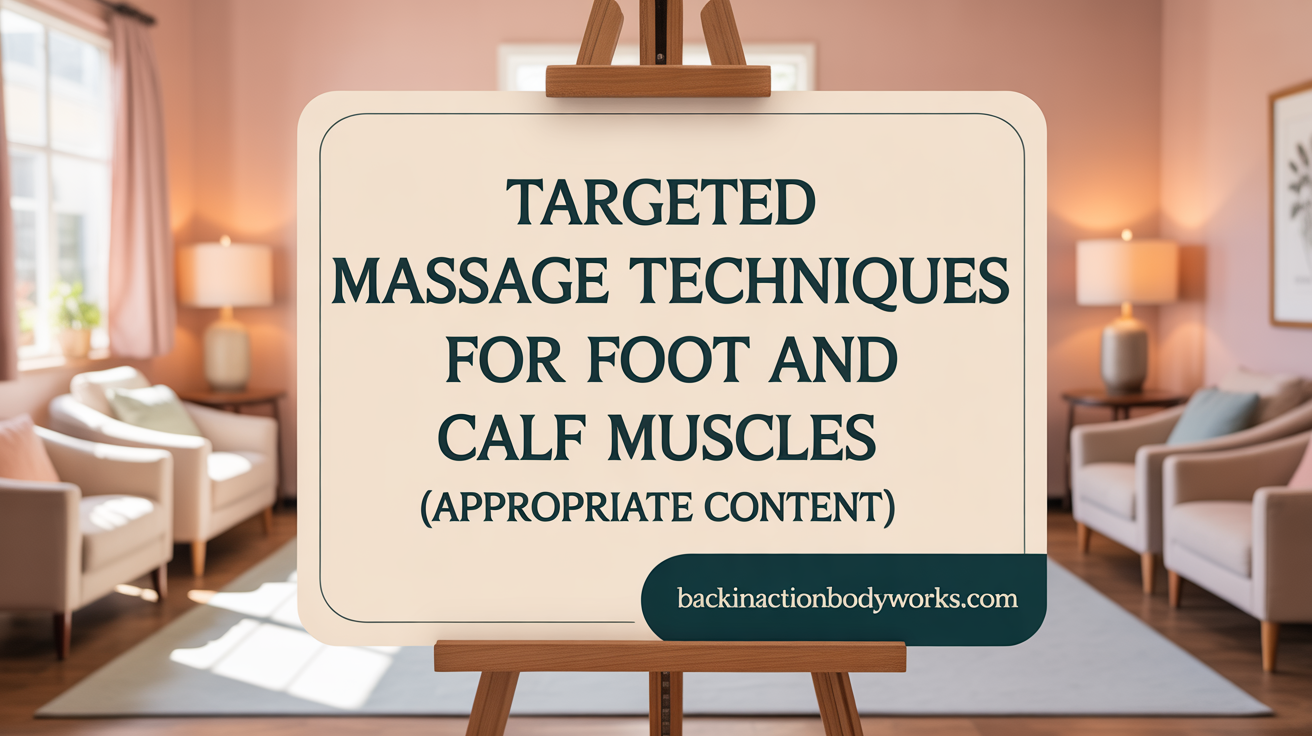
Which muscles and tissues are targeted during massage therapy for plantar fasciitis?
In massage therapy for plantar fasciitis, several important muscles and tissues are specifically targeted to alleviate pain and promote healing.
Primarily, the focus is on the plantar fascia, a thick band of connective tissue running along the bottom of the foot. Gentle, indirect massage techniques help elongate this tissue, reducing stiffness and improving flexibility.
Alongside the plantar fascia, the intrinsic muscles of the foot are also involved. These small muscles support the arch and aid in foot stability. Massaging these muscles can help relieve tension and improve overall foot function.
The posterior calf muscles, particularly the gastrocnemius and soleus, play a crucial role in plantar fasciitis treatment. Tightness in these muscles often contributes to increased stress on the foot's arch and fascia. Therefore, massage techniques target these muscles to decrease their tightness, which in turn relieves strain on the plantar fascia.
Common techniques like cross-friction massage are applied directly to the plantar fascia to help break down scar tissue and decrease pain. Additionally, manual work on the calf muscles helps improve ankle mobility and reduces abnormal stress on the heel.
Addressing both the foot tissues and the calf muscles creates a comprehensive approach. It enhances blood flow, relaxes tight tissues, and restores proper movement mechanics.
Overall, effective massage therapy focuses on relieving tension, reducing inflammation, and increasing circulation in the affected areas. This combined approach helps facilitate healing and reduces symptoms of plantar fasciitis.
Effective Massage Techniques for Plantar Fasciitis Relief

What massage techniques are effective for alleviating plantar fasciitis?
Treating plantar fasciitis often benefits from both self-managed and professional massage techniques. Self-massage methods include using tools like tennis balls, foam rollers, or water bottles rolled gently under the foot. These help target tender spots and tendons in the arch and heel, reducing stiffness and promoting circulation.
Trigger point therapy, especially in the calves and foot muscles, can loosen tight areas that contribute to strain on the plantar fascia. Techniques such as circular or back-and-forth motions along the arch, combined with gentle thumb pushes and kneading in painful areas, can help break down adhesions and improve flexibility.
Massaging the calf muscles—like the gastrocnemius and soleus—through kneading or rolling relieves tension that may increase stress on the heel.
Complementary stretching exercises for the calf and plantar fascia enhance the benefits of massage. Cold therapy methods, such as ice massage, further reduce inflammation, aiding recovery.
Professional massage techniques like deep tissue massage and myofascial release are also widely used. They focus on breaking down scar tissue, relieving muscle tightness, and improving foot mobility.
How can a massage gun be used to treat plantar fasciitis effectively?
Using a massage gun is an increasingly popular method for managing plantar fasciitis. These devices deliver percussive therapy that helps relax tight muscles in the calves, shins, and the plantar fascia itself.
To use a massage gun, apply it gently to the arch of the foot and the surrounding calf muscles. It’s important to start with short sessions—around 10-20 seconds per area—and gradually increase as tolerated. Focus on low-intensity settings to avoid excessive pressure on the bony parts of the foot.
The goal is to enhance blood flow and loosen muscular tension, which can decrease strain on the plantar fascia. Target the calf muscles to relieve tightness in the Achilles tendon and reduce pull on the plantar fascia.
Always follow safety guidelines by avoiding direct contact with bones or sensitive areas. Consult a healthcare professional if unsure about technique or suitability.
Regular use of a massage gun can be incorporated into a comprehensive treatment plan alongside stretching and other therapies, fostering faster recovery and pain relief.
Self-Care: Practical Self-Massage Techniques to Ease Foot Pain
How can self-massage techniques be performed to relieve plantar fasciitis symptoms?
Self-massage for plantar fasciitis involves using your hands or simple household tools like a massage ball, tennis ball, or foam roller to apply gentle but firm pressure along your foot's arch, heel, and the calf muscles. A common approach is to use the heel of your hand for long, gliding strokes from the heel toward the toes, helping to loosen tight tissues. Thumb pushing and pulling motions along the sole can target specific tender spots, reducing tension.
Another effective method is rolling a ball or a frozen water bottle under your foot. This not only massages the plantar fascia but also helps reduce inflammation and stiffness. Before starting, warming up your foot with light massage or soaking it in warm water can improve flexibility and comfort.
Adding stretches for the foot and calf muscles enhances circulation and relieves tightness. Toe flexes and gentle pulling of each toe can loosen the fascia, while calf stretches target the muscles that support the foot. Regular self-massage combined with stretching and suitable footwear can provide lasting relief and promote healing.
What practical advice can help people use massage to alleviate heel pain associated with plantar fasciitis?
For best results, aim to perform self-massage regularly—ideally daily or multiple times per day—focusing on the affected area and surrounding muscles. Use household items like tennis balls, golf balls, or rolling pins to target the entire foot, applying circular motions that help break down scar tissue and increase blood flow.
When massaging, ensure you use a comfortable pressure—enough to feel relief, but not so much that it causes pain or increases inflammation. It's best to massage when pain levels are manageable, such as after warming the foot in warm water or following gentle stretching.
Combine your massage routine with stretching exercises for the plantar fascia, calves, and Achilles tendon. These stretches improve tissue elasticity and reduce strain during daily activities. Supportive footwear and orthotics can also complement your self-care efforts, preventing further tension and injury.
Incorporating massage into your daily routine can help decrease heel pain, improve foot function, and accelerate recovery. Patience and consistency are key to experiencing the full benefits.
The Critical Role of Calf Massage in Plantar Fasciitis Treatment
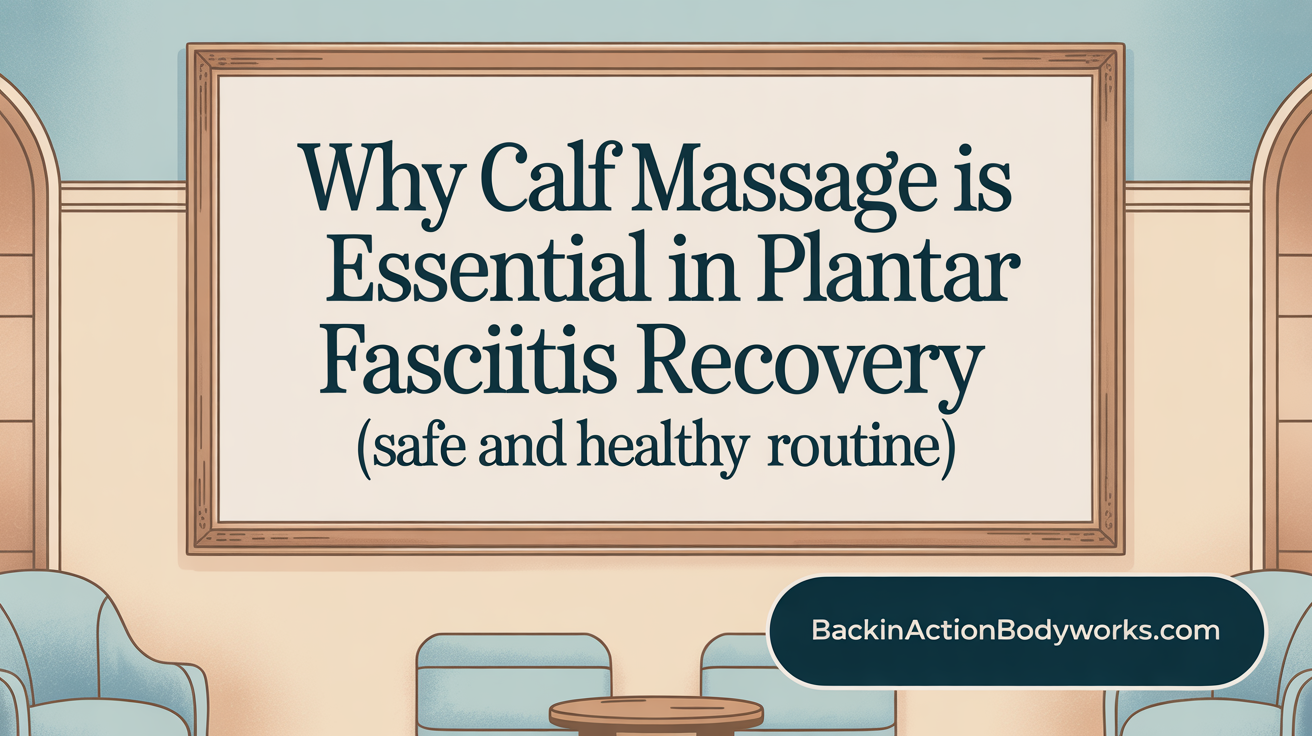
What is the role of calf massage in the treatment of plantar fasciitis?
Calf massage is an important component in managing plantar fasciitis, a common cause of heel pain linked to inflammation or degeneration of the plantar fascia. The muscles in the calf, mainly the gastrocnemius and soleus, have a direct influence on the tension placed on the foot’s arch. Tightness in these muscles can lead to increased strain on the plantar fascia, worsening pain and prolonging recovery.
Massaging the calf muscles helps relax these tight tissues, which in turn reduces tension on the Achilles tendon and the plantar fascia. This relaxation improves ankle flexibility and eases the stress on the arch of the foot, promoting better foot biomechanics.
Techniques such as deep tissue massage, self-massage with tools like foam rollers, massage balls, or manual therapy performed by professionals effectively target the calf muscles. Regular calf massage can enhance blood flow, decrease muscle stiffness, and facilitate healing.
When combined with stretching exercises, calf massage can significantly diminish inflammation, lessen pain, and prevent further injury. Incorporating calf massage into an overall treatment plan—along with footwear adjustments, orthotics, and proper stretching—can markedly improve symptoms.
In summary, calf massage supports the recovery process by alleviating muscle tension that contributes to plantar fasciitis, improving mobility, and helping patients regain better foot function.
Tailoring Massage Therapy According to Plantar Fasciitis Stage

What is the difference between plantar fasciitis and plantar fasciosis?
Understanding the distinction between these two conditions is vital for effective massage therapy. Plantar fasciitis involves inflammation of the plantar fascia and is typically caused by repetitive stress or small tears, leading to heel pain and stiffness. In contrast, plantar fasciosis is a non-inflammatory degenerative condition resulting from untreated fasciitis, characterized by tissue breakdown and thinning of the fascia.
How do massage approaches vary for inflammation versus tissue degeneration?
For plantar fasciitis, massage therapy aims to reduce inflammation and promote blood flow. Gentle, indirect techniques like myofascial release and light stretching help alleviate swelling and improve flexibility. Techniques focus on elongating the fascia and surrounding muscles, especially the calf muscles like the gastrocnemius and soleus.
In cases of plantar fasciosis, the focus shifts to softening and shortening the degenerated fascia. Massage methods aim to increase circulation, encourage tissue regeneration, and slow ongoing tissue breakdown. Soft tissue release and trigger point therapy are used carefully to avoid aggravating the degenerative process.
Why is customizing treatment based on the stage important?
Treatments need to be tailored to the specific stage of the condition to maximize healing and prevent further injury. For early, inflammatory stages, gentle techniques that reduce swelling are recommended. For more chronic, degenerative stages, deeper or more targeted massages can help restore tissue health.
Professional therapists assess each case individually, adjusting massage intensity and techniques accordingly. This personalized approach ensures that therapies support healing without risking aggravation, ultimately improving pain relief and function over time.
Massage Therapy as Part of a Comprehensive Plantar Fasciitis Treatment Plan

Massage as complementary therapy
Massage therapy can be an effective way to manage heel pain caused by plantar fasciitis and plantar fasciosis. Techniques like deep tissue massage, myofascial release, and trigger point therapy target the affected fascia and surrounding muscles. Gentle, indirect massage methods that stretch and elongate the fascia help reduce stiffness and improve circulation, which promotes healing and alleviates pain.
Self-massage using tools like tennis balls or frozen water bottles is also popular and convenient. These methods can be performed regularly at home, offering relief from soreness and encouraging increased flexibility of the foot and calf muscles.
Integration with orthotics, footwear, stretching
Massage therapy works best when integrated into a broader treatment approach. Wearing supportive shoes and custom orthotics helps reduce strain on the plantar fascia, while stretching exercises for the foot and calf muscles further ease tension. Combining massage with these strategies enhances blood flow, softens the tissue, and prevents recurrence.
Massaging muscles like the calves, hamstrings, and glutes also plays a role, as tightness in these areas can contribute to the stress on the plantar fascia. This holistic approach ensures that all relevant tissues are addressed, supporting recovery.
Research evidence and treatment outcomes
Research indicates that about 90% of plantar fasciopathy cases respond well to nonsurgical treatments, including massage therapy, within 12 months. Studies suggest that massage treatments, especially those involving trigger points and soft tissue release, can significantly decrease pain and improve foot function.
In a case report, five massage sessions with trigger point release reduced pain levels and increased mobility in a patient with plantar fasciitis. Participants often report decreased heel discomfort, improved range of motion, and faster healing when massage is part of the treatment plan.
Overall, massage serves as a valuable component for managing and healing plantar fasciitis, especially when tailored to individual needs and combined with other therapies like footwear modification, stretching, and physical rehabilitation.
Optimizing Foot Health Through Massage and Holistic Care
Massage therapy is a valuable tool in the management of plantar fasciitis and foot pain, providing relief through increased circulation, reduced muscle tension, and enhanced tissue repair. Whether applied professionally or through informed self-massage, the techniques discussed address key muscles and tissues involved in this common condition. By incorporating massage into a broader treatment regimen that includes stretching, appropriate footwear, and other medical interventions, individuals can improve foot function, reduce pain, and support long-term healing. Early, consistent, and gentle massage combined with lifestyle adjustments offers a promising pathway to overcoming plantar fasciitis and enjoying healthier, pain-free feet.
References
- Well-Heeled | Massage Therapy Journal - AMTA
- Effectiveness of Massage Including Proximal Trigger Point Release ...
- Plantar Fasciitis Massage: What It Is, Tools, and How to Do It
- Plantar Fasciitis Massage Must Include All These Muscle Groups
- Plantar Fasciitis: Symptoms, Causes & Treatment Options
- Understanding and Treating Plantar Fasciitis at Denver Sports ...
- Effective Ways To Massage Plantar Fasciitis At Home
- Effective Massage Techniques for Plantar Fasciitis | Relief Now
- How to Massage Away Heel Pain
- Manual therapy interventions in the treatment of plantar fasciitis
Recent articles

Complementing Chiropractic Care with Physiotherapy: What You Need to Know
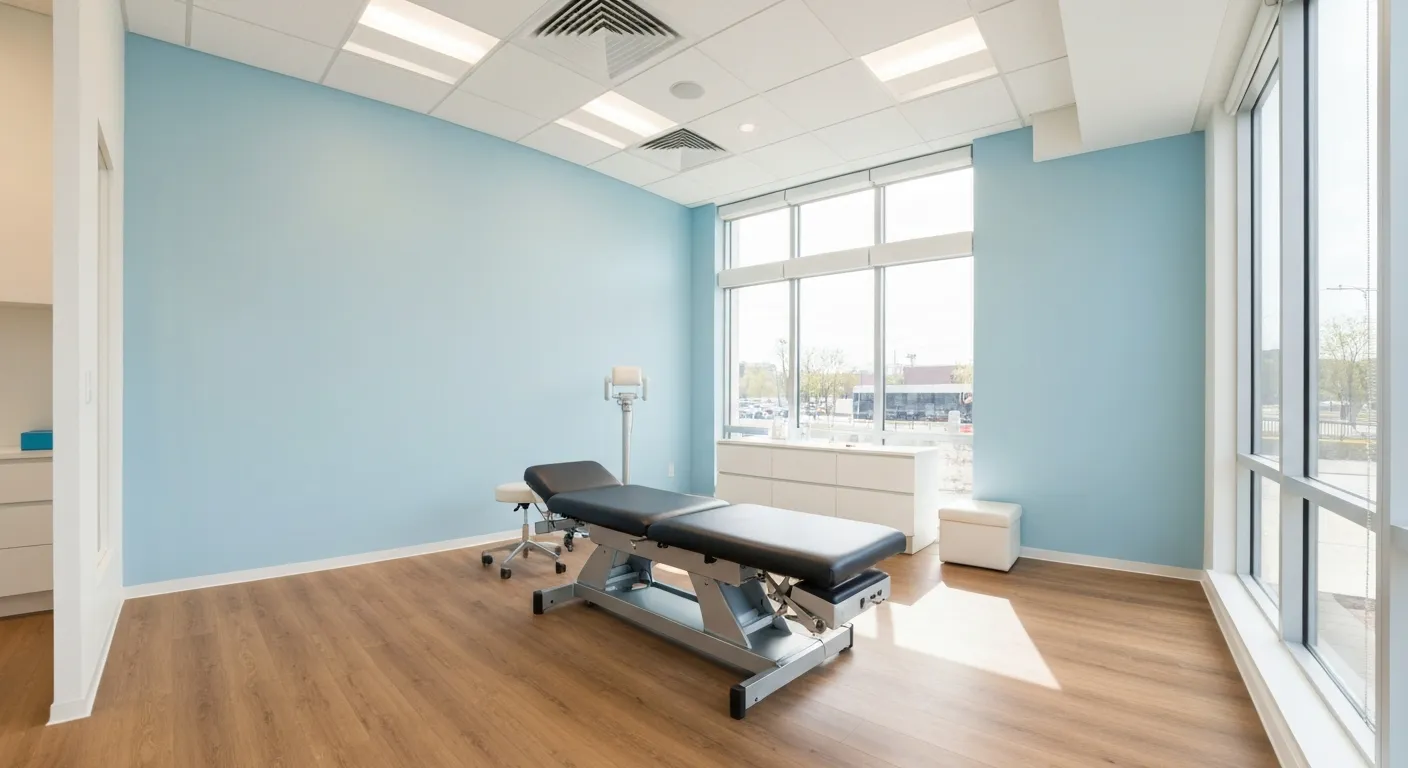
What to Expect During Your First Chiropractic Visit

Simple Lifestyle Adjustments to Maintain a Healthy Spine

Personalized Nutritional Counseling for Improved Health Outcomes

Exploring Non-Surgical Treatments for Spine-Related Conditions

An Introduction to Spinal Decompression for Sciatica Patients
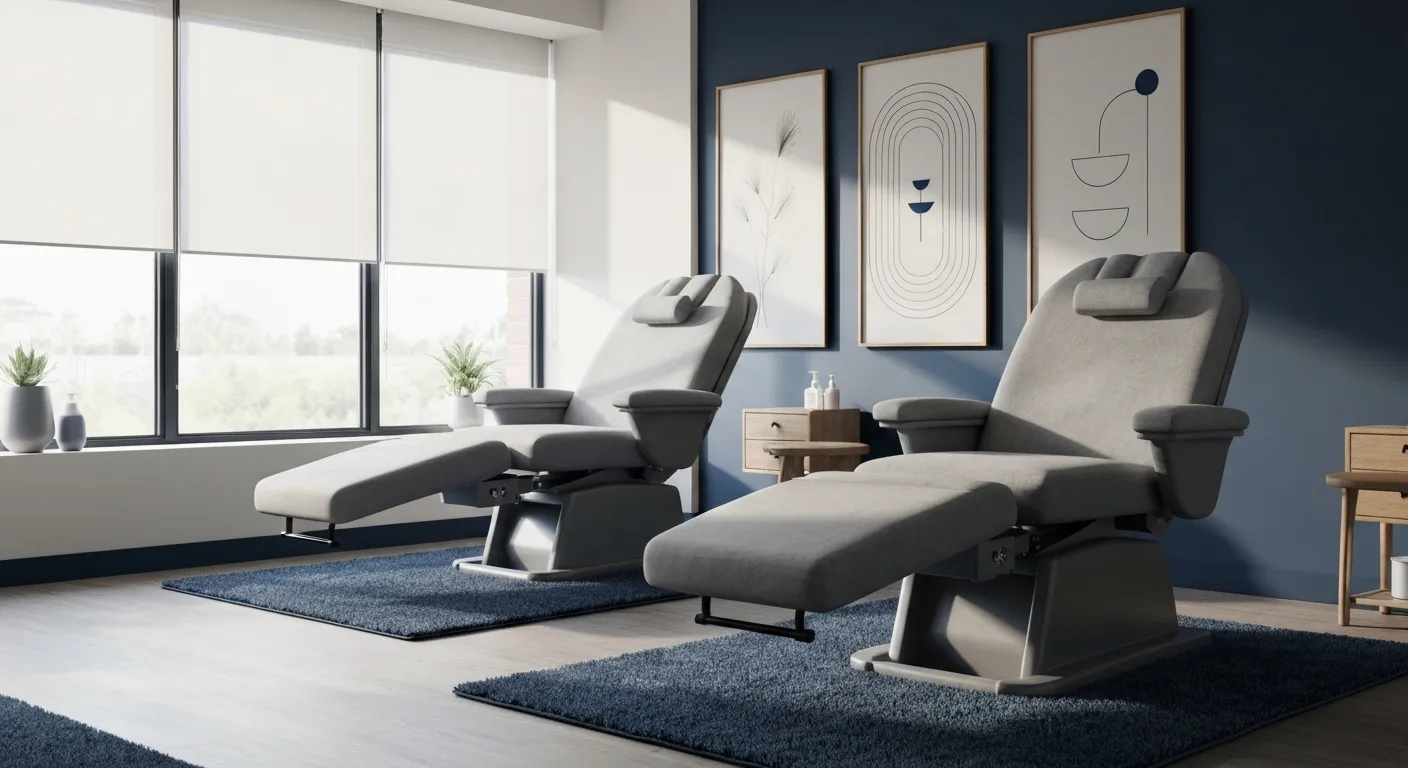
Transformative Success Stories: Patient Experiences with Chiropractic Treatments
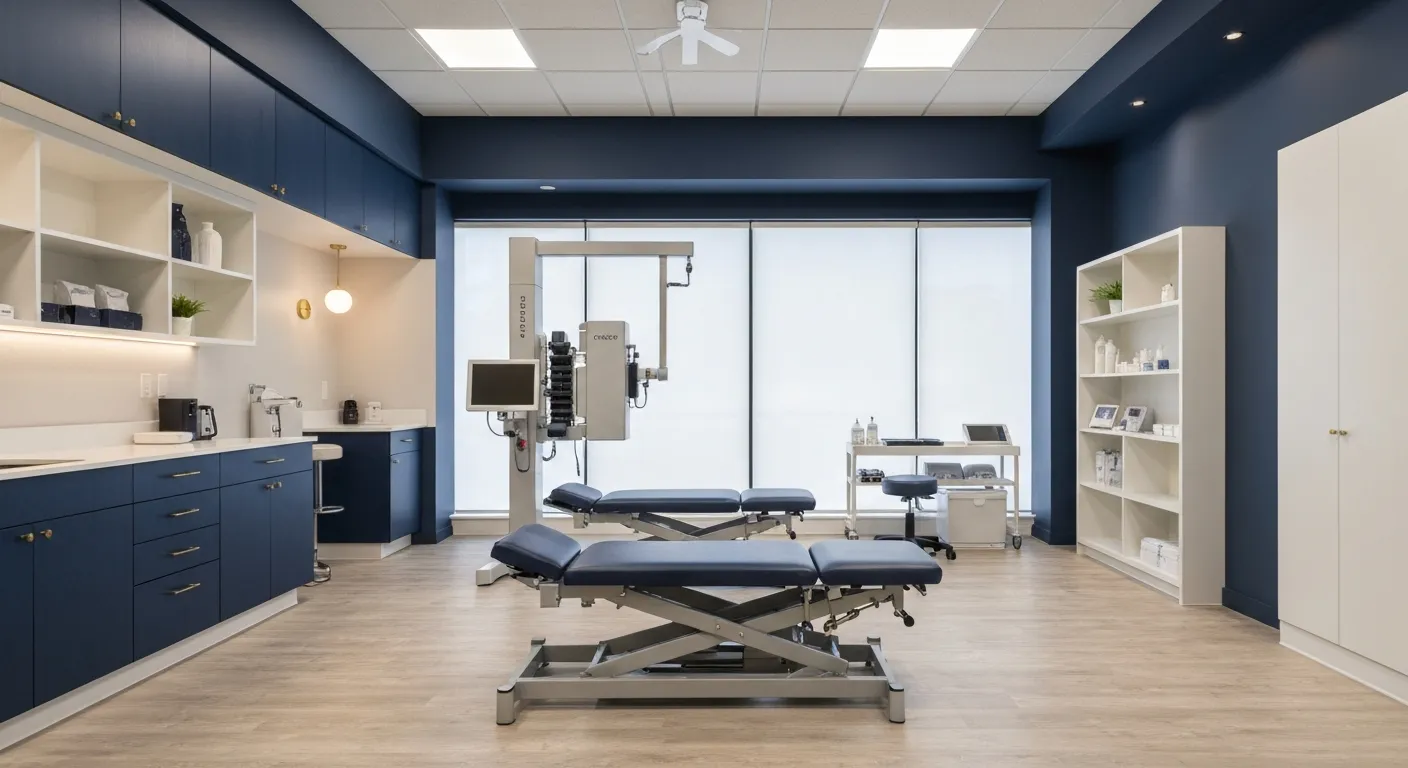
Why Chiropractic Care Is Essential for Back Pain Relief

Addressing Underlying Causes Versus Symptom Management in Pain Care

The Role of Nutrition in Enhancing Chiropractic Treatment Effectiveness

Sciatica Treatment Options: Is Spinal Decompression Right for You?

Lifestyle Tips to Maintain a Healthy Spine and Prevent Back Issues

The Synergy Between Physiotherapy and Chiropractic Treatments
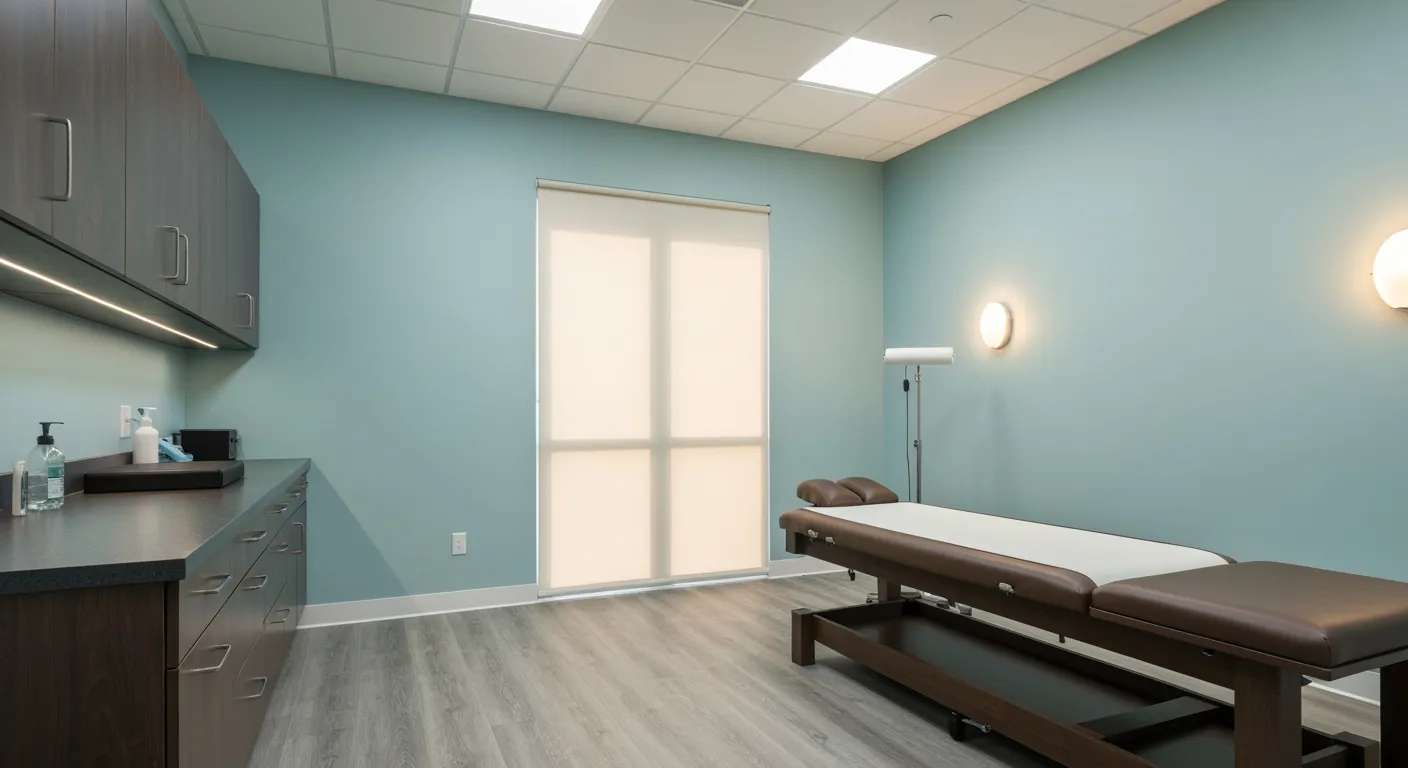
What Happens During Your Initial Chiropractic Consultation
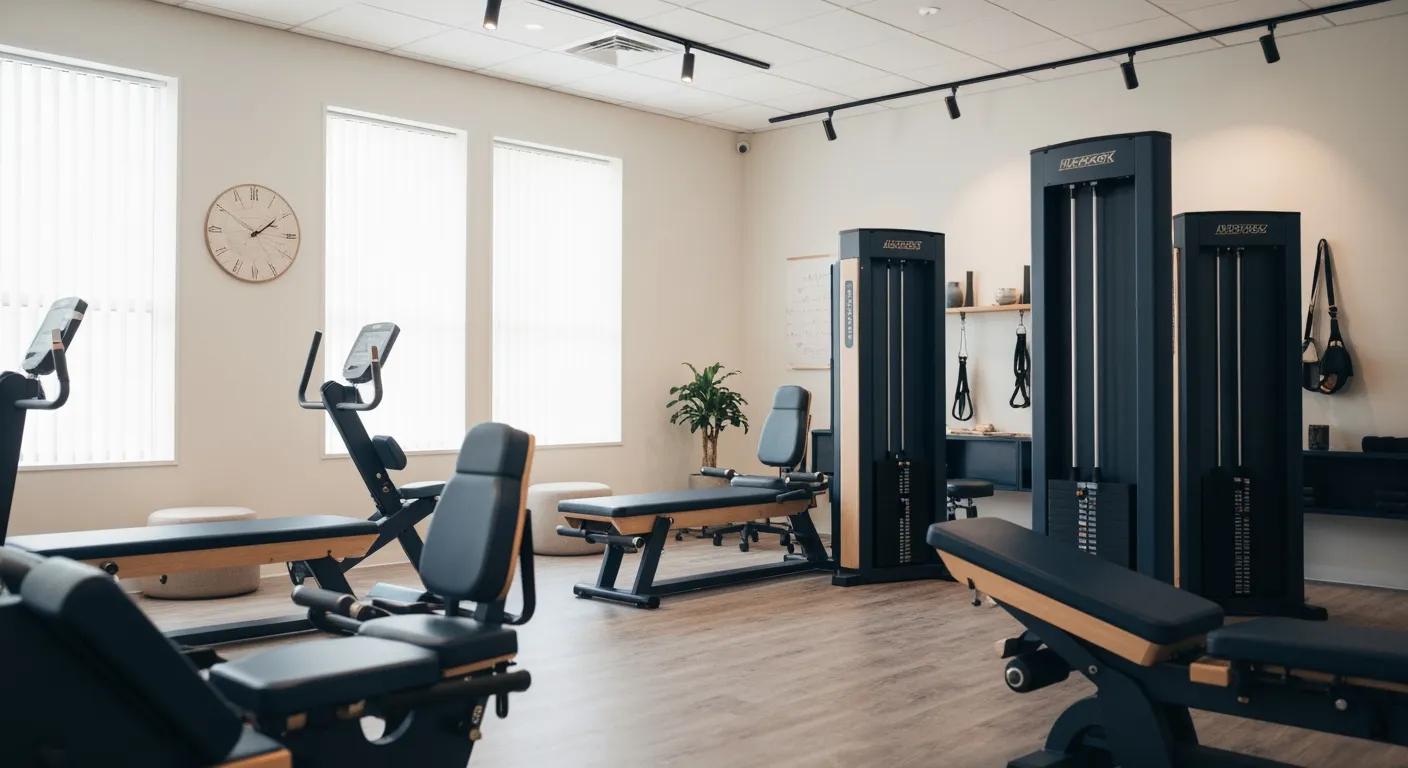
Effective Corrective Exercises for Sustainable Pain Management
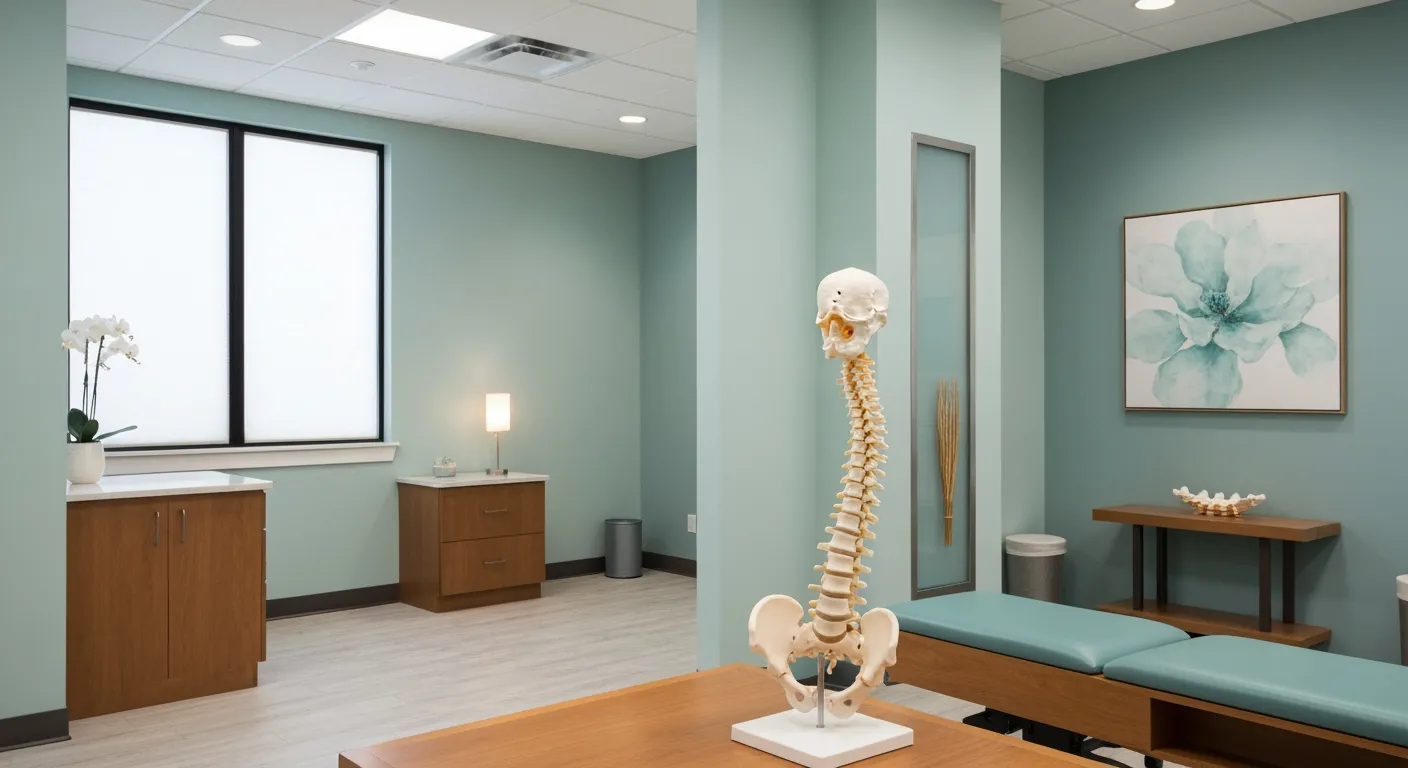
Taking a Root Cause Approach to Chronic Pain Management

Holistic Pain Management Techniques Without Surgery

How Patient Success Stories Validate Chiropractic Care Benefits

Spinal Decompression: Innovative Treatment for Sciatic Nerve Pain
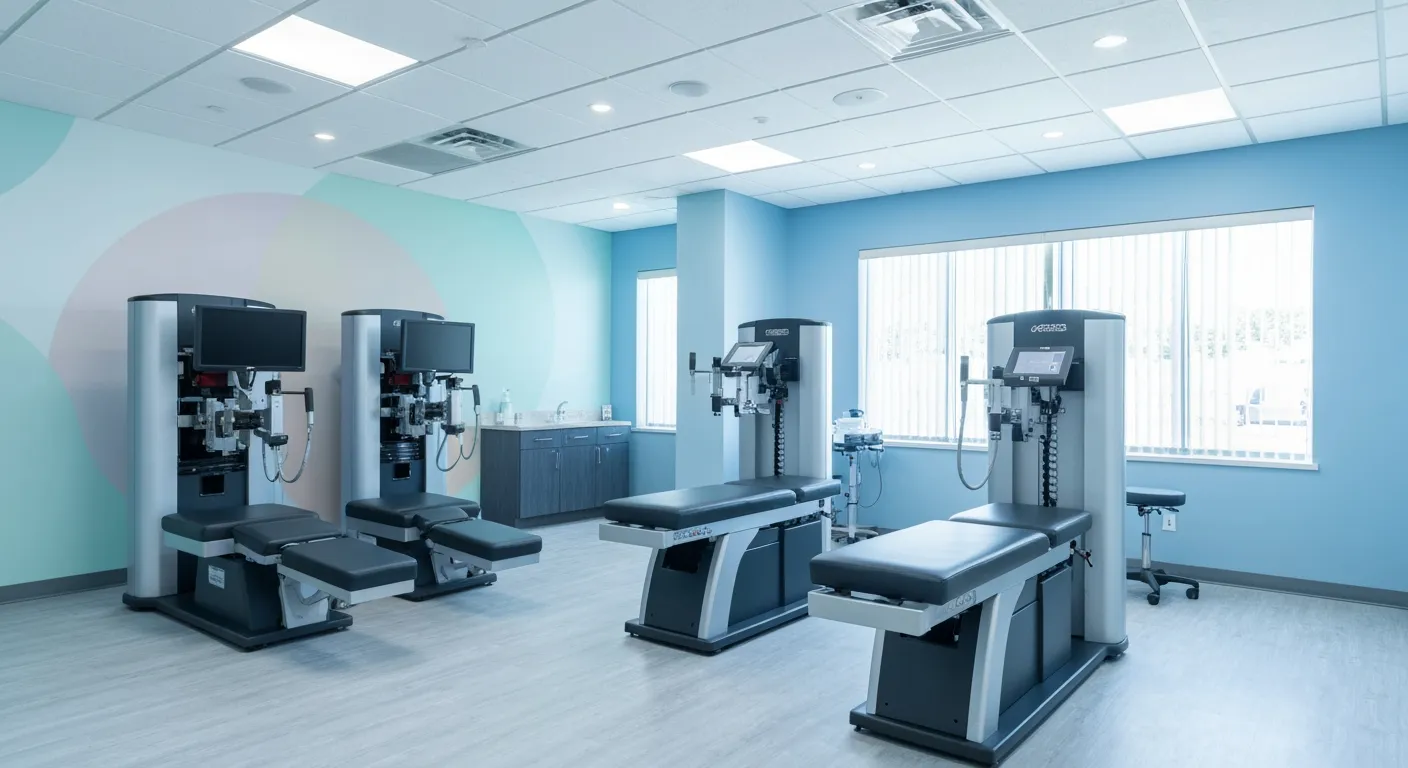
Spinal Decompression Therapy: A Non-Invasive Approach to Sciatica Relief

Exploring Holistic Approaches Beyond Surgery for Pain Relief

Practical Lifestyle Advice to Support a Healthy Spine Every Day

Corrective Exercise Routines Designed for Long-Term Pain Prevention

Real Patient Stories: Overcoming Chronic Pain with Chiropractic Care

Lifestyle Changes That Promote a Healthy Spine and Prevent Injury

How Addressing the Root Cause of Pain Leads to Lasting Relief

Non-Surgical Holistic Therapies to Manage Chronic Pain Effectively

Nutritional Counseling's Impact on Physical Health and Healing

Benefits of Regular Chiropractic Care for a Stronger Back

Your First Chiropractic Visit: What to Expect and How to Prepare

Patient Experiences: How Chiropractic Care Transformed Their Lives

Exploring Holistic, Non-Surgical Options for Pain Management

Combining Physiotherapy with Chiropractic Treatments for Enhanced Recovery

Holistic Treatments That Offer Alternatives to Surgery for Pain Relief

Corrective Exercise Strategies for Long-Term Spine Health
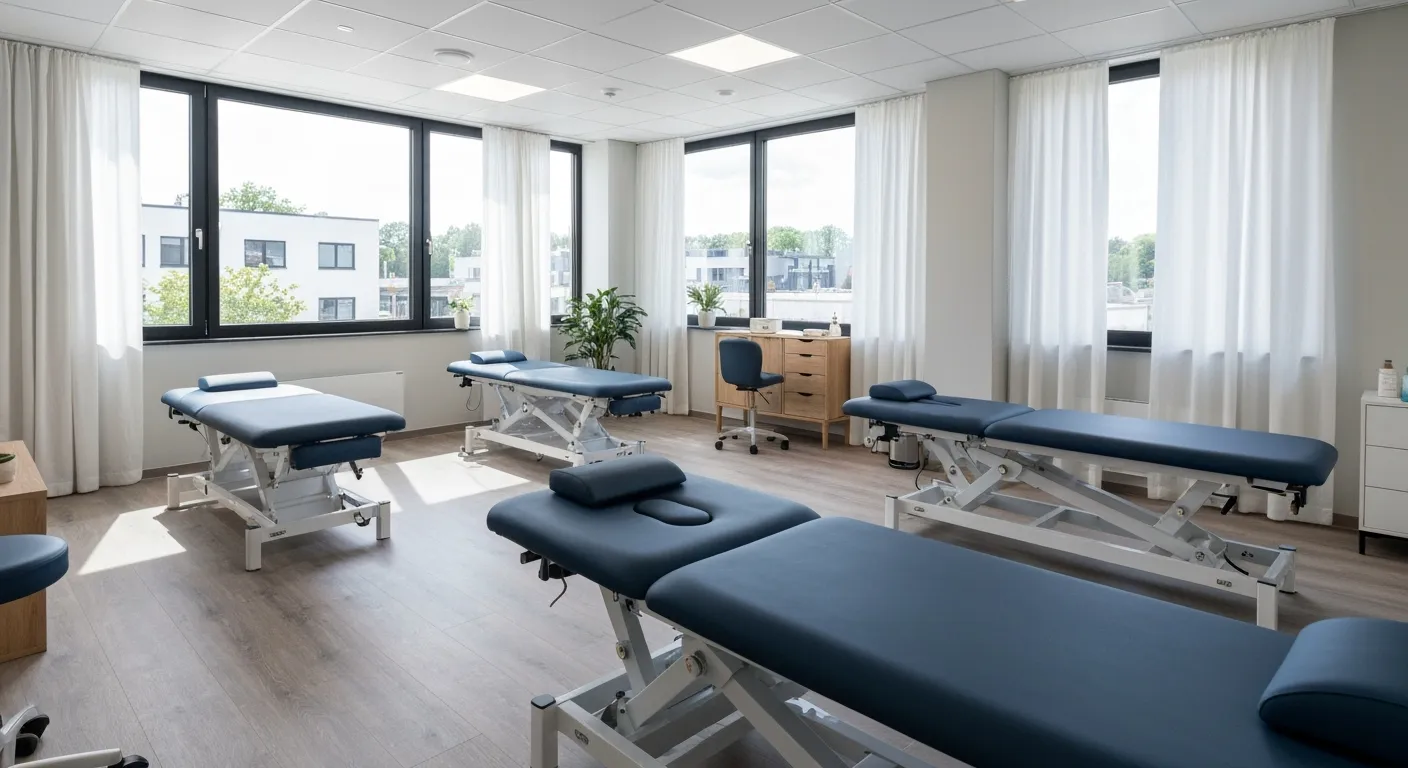
How Physiotherapy Complements Chiropractic Adjustments for Better Outcomes

First-Time Chiropractic Visitors: What You Should Know

Understanding the Importance of Treating Pain at Its Source

Adopting Lifestyle Changes to Support Your Spine's Wellness

Utilizing Physiotherapy to Enhance Chiropractic Treatment Outcomes

The Key Advantages of Chiropractic Care for Back Pain Sufferers

Why Focusing on Root Causes Improves Pain Treatment Success

Corrective Exercises That Promote Lasting Pain Relief and Mobility

Sciatica Relief Through Targeted Spinal Decompression Techniques
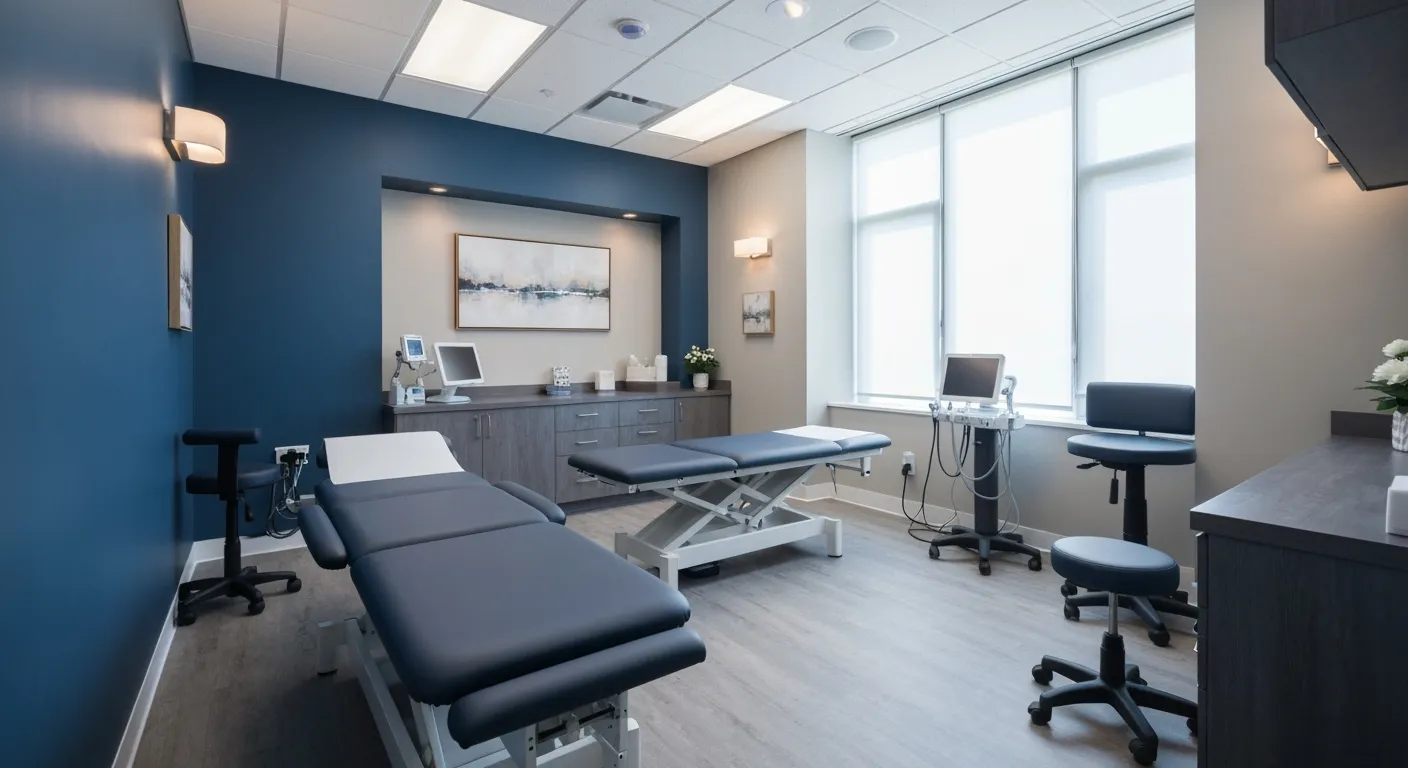
Preparing for Your First Chiropractic Appointment with Confidence
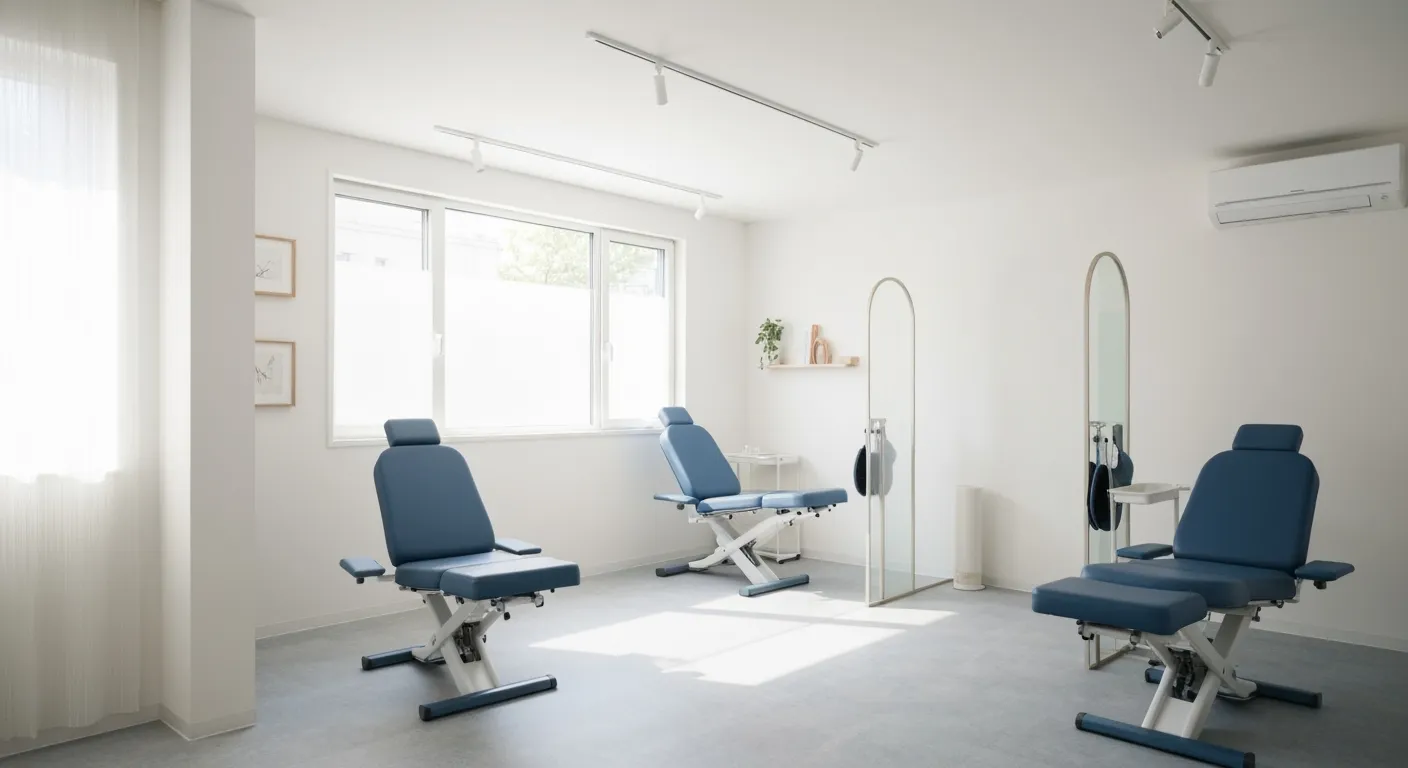
Healthy Lifestyle Habits for Maintaining Spinal Alignment

Success Stories Highlighting Chiropractic's Role in Pain Recovery

Top Benefits of Chiropractic Care for Chronic Back Pain

Nutrition Tips to Boost Your Overall Wellness and Recovery

How Chiropractic Care Alleviates Back Pain Naturally
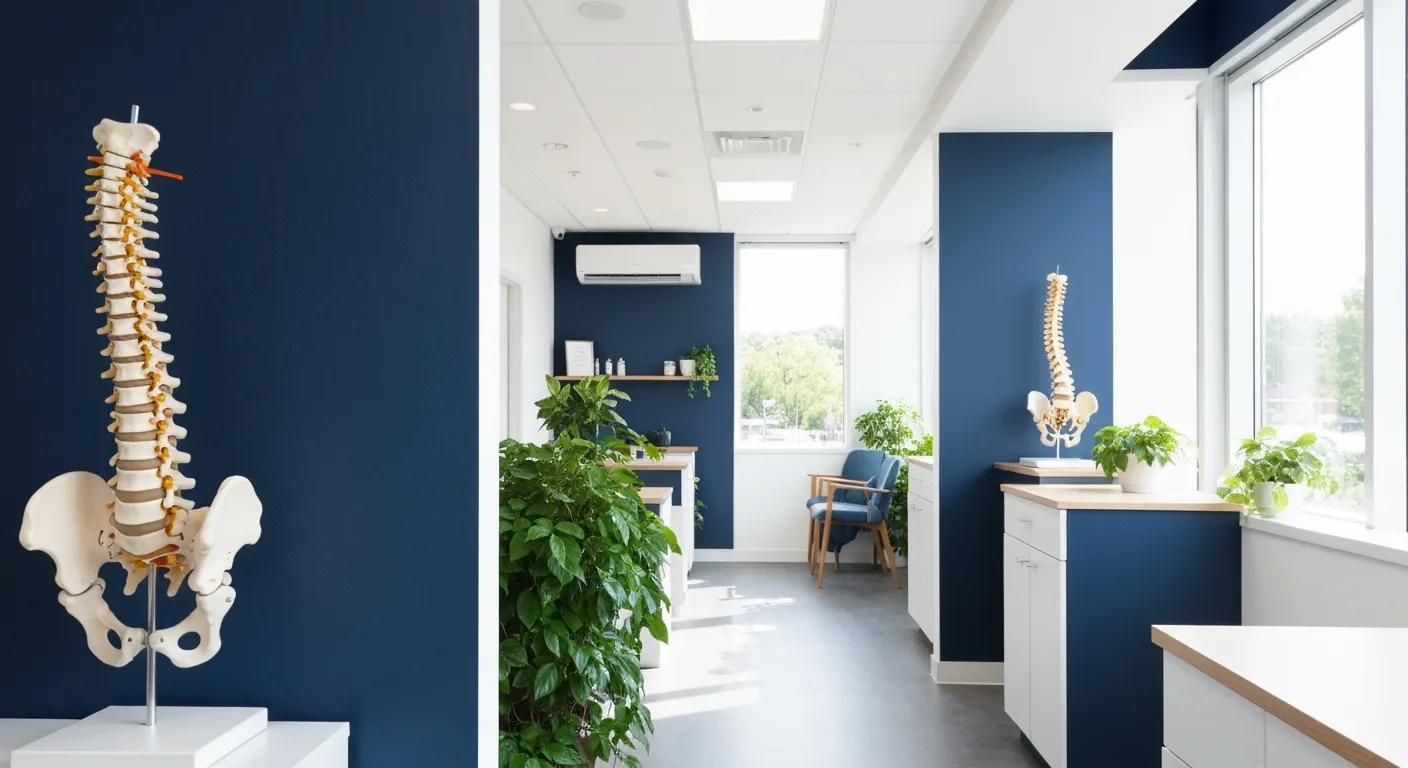
How Nutritional Counseling Supports Overall Wellness and Spine Health
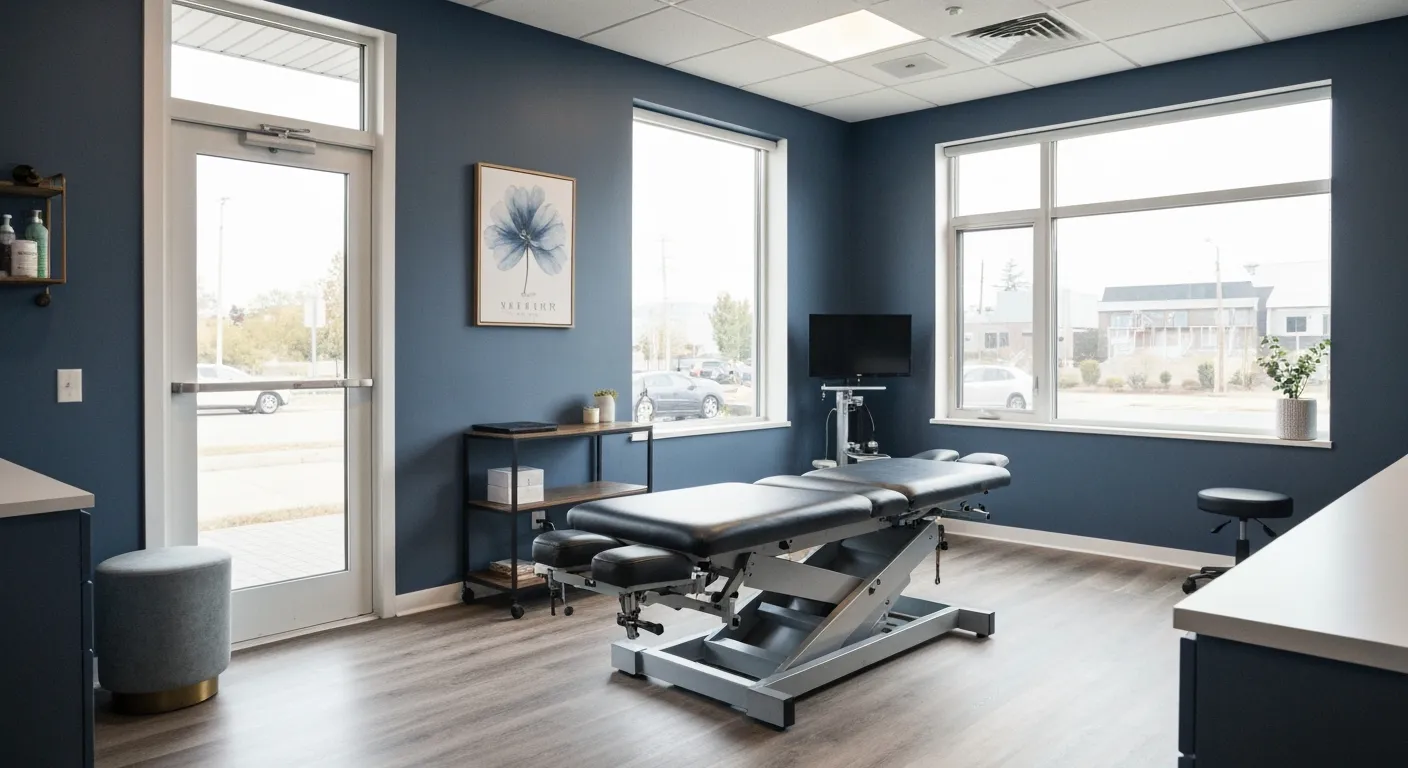
Step-by-Step Guide to Your First Visit with a Chiropractor

Using Nutrition to Support Chiropractic and Overall Wellness

Integrating Physiotherapy in Your Chiropractic Healing Journey

How Physiotherapy Complements Chiropractic Adjustments for Faster Healing
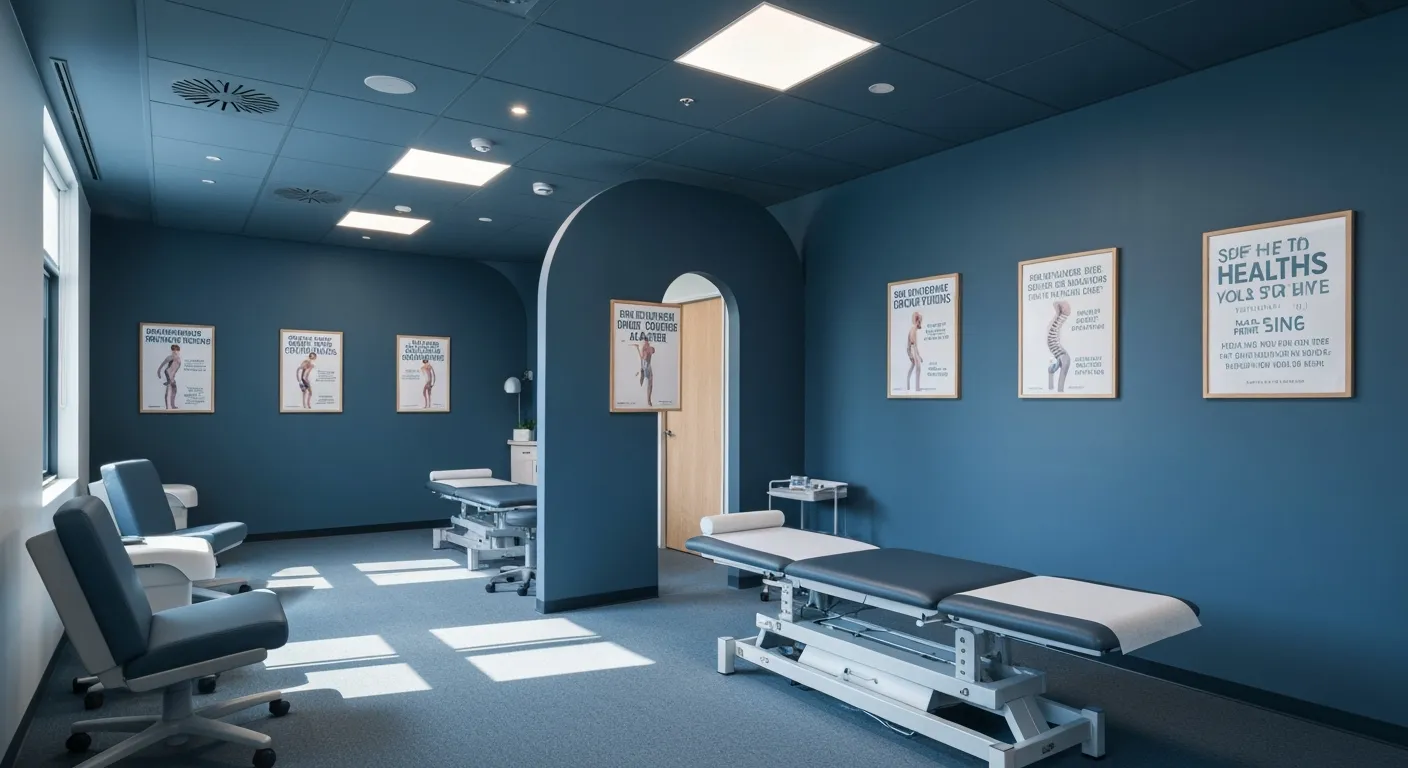
Lifestyle Tips for Maintaining a Healthy Spine and Preventing Back Pain

Heartwarming Patient Testimonials Highlighting Chiropractic Success

How Proper Nutrition Supports Chiropractic and Physiotherapy Treatments

Combining Physiotherapy and Chiropractic Treatments for Optimal Recovery
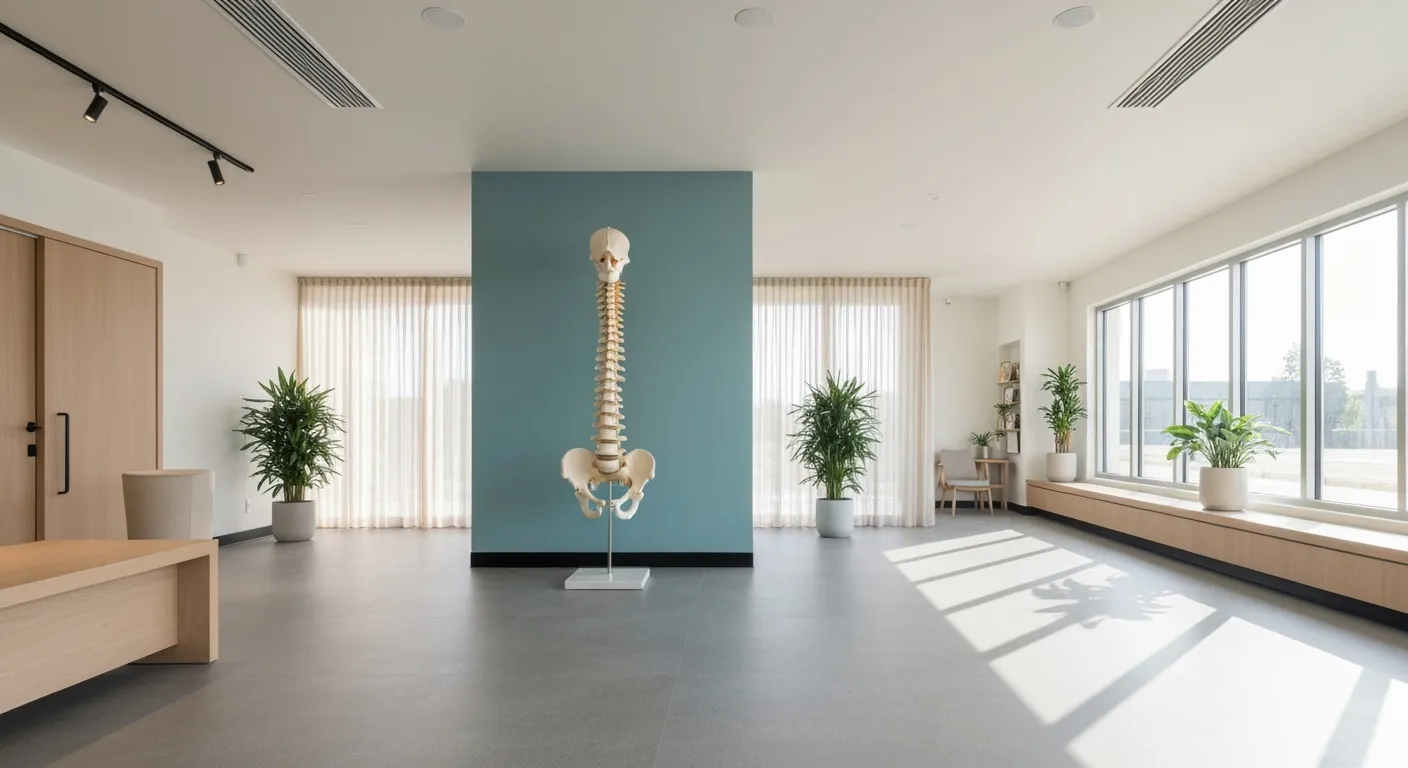
Why Chiropractic Treatments Are Effective for Managing Back Pain

Choosing a Chiropractor: Tips for Finding a Trusted Provider

Integrating Physiotherapy and Chiropractic: Benefits and What to Expect

How Tailored Corrective Exercises Can Aid in Pain Management

Chiropractic Care: A Proven Solution for Alleviating Back Pain

What to Expect at Your First Chiropractic Visit: A Comprehensive Guide

The Importance of Root Cause Analysis in Effective Pain Management
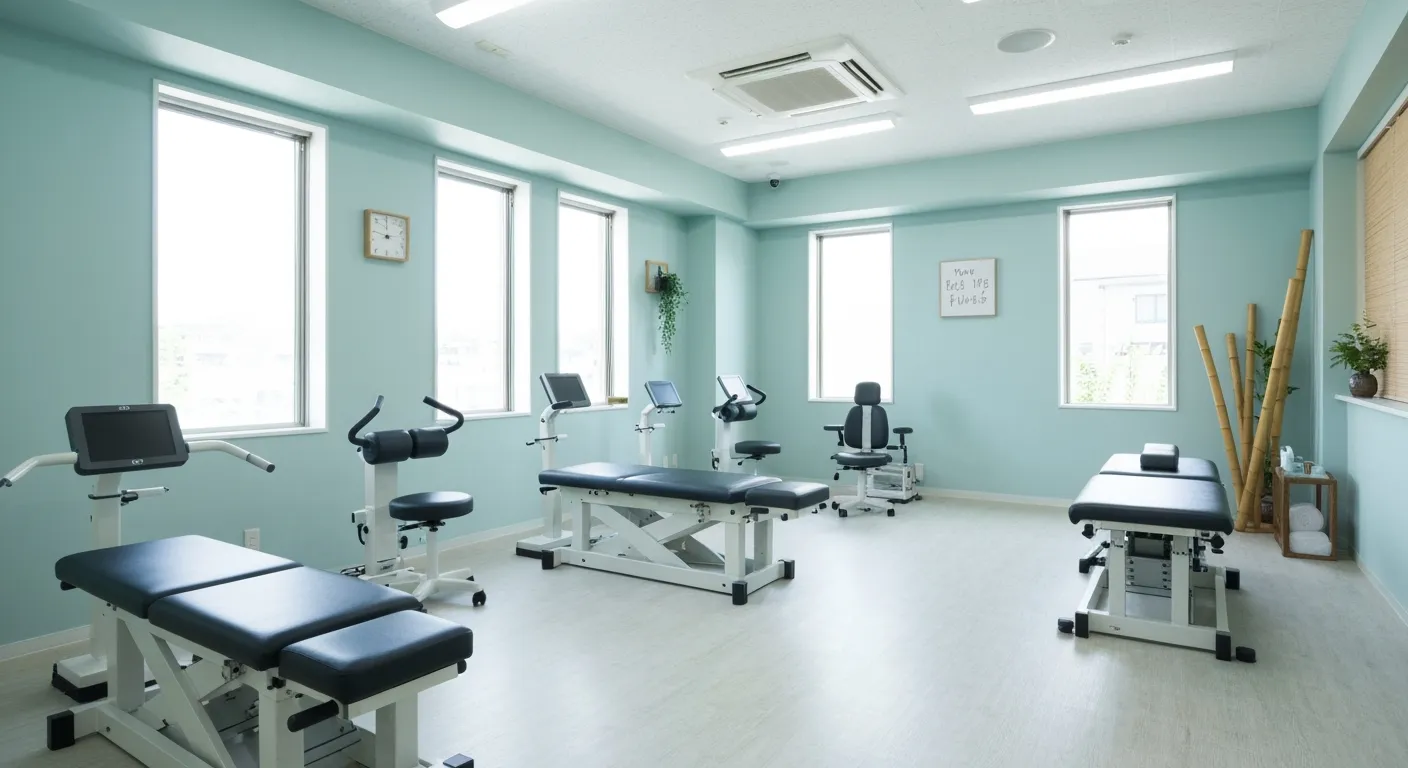
The Role of Corrective Exercises in Sustaining Pain-Free Living

Combining Chiropractic and Physiotherapy for Comprehensive Pain Relief

How Addressing Underlying Causes Improves Pain Treatment Effectiveness
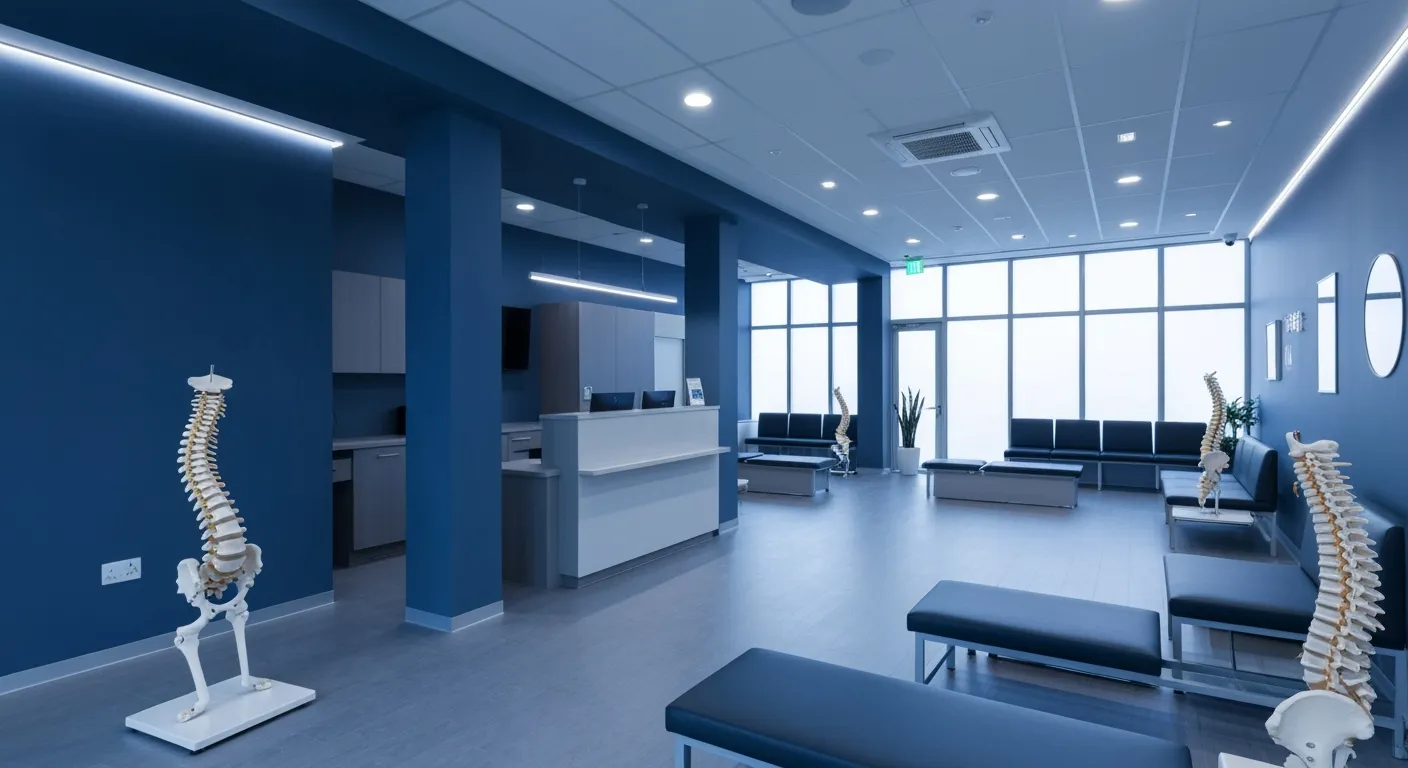
Maintaining Spinal Health Through Lifestyle Changes and Preventive Care

Understanding the Benefits of Chiropractic Adjustments for Back Pain Sufferers

Spinal Decompression Therapy: A New Hope for Sciatica Relief

Lifestyle Recommendations to Support a Healthy Spine and Reduce Pain

Choosing the Right Chiropractor: Key Factors to Consider Before Your First Appointment

Non-Invasive Treatment Alternatives: A Holistic Approach to Pain Relief

Corrective Exercises to Support Long-Term Relief from Chronic Pain

Exploring Non-Surgical Approaches to Spine Health and Wellness

Tips for Daily Habits That Keep Your Spine Strong

Success Stories: How Chiropractic Treatments Changed Lives

Why Focusing on the Root Cause of Pain Leads to Better Outcomes

Nutritional Counseling and Its Impact on Overall Wellness and Recovery

Patient Testimonials That Showcase the Power of Chiropractic Care

Preparing for Your First Chiropractic Appointment: What You Need to Know

Holistic Treatment Options: Beyond Surgery for Pain Relief
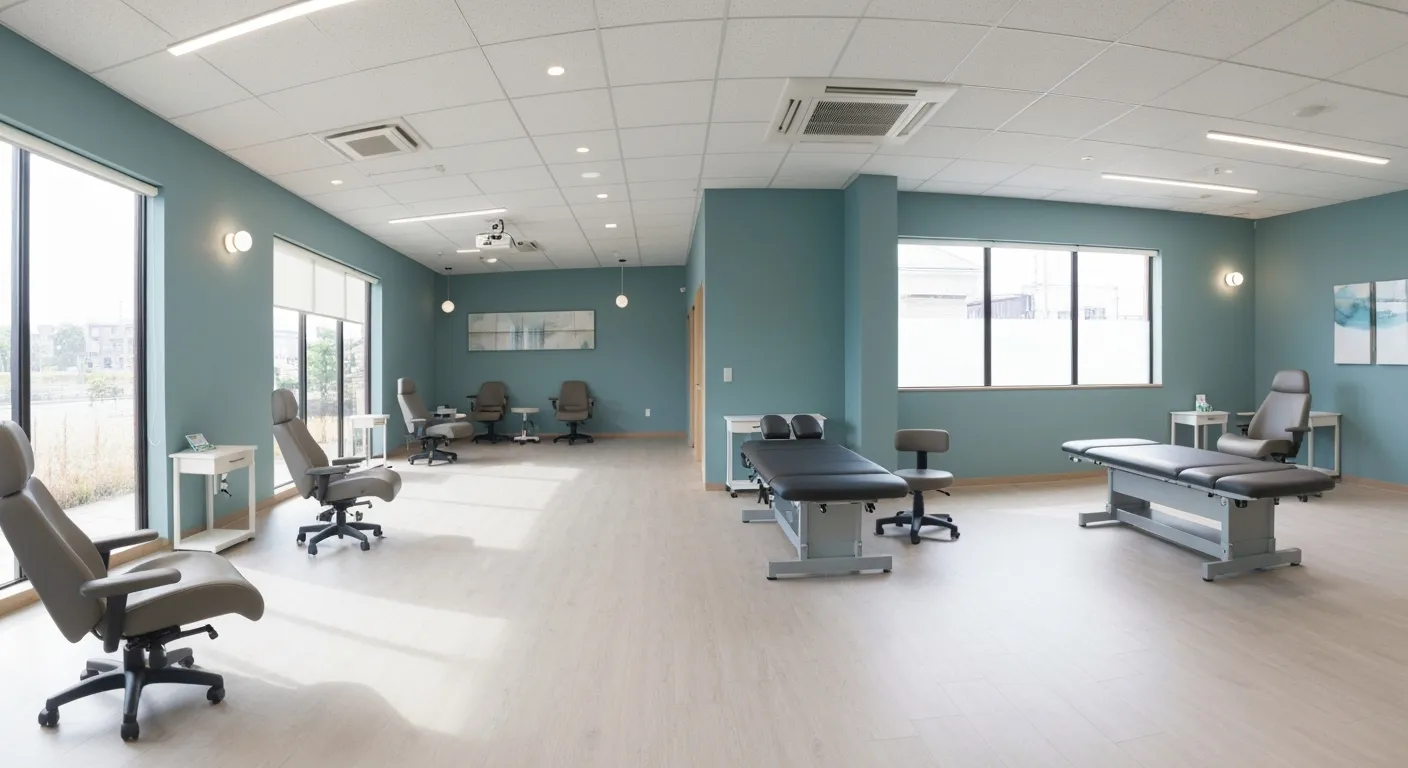
Holistic Pain Relief Methods That Avoid Surgery

Nutritional Strategies for Supporting Spine Health and Recovery

First Chiropractic Visit: What Happens and How to Prepare

Chiropractic Patient Success Stories: Inspiring Journeys to Wellness

Effectiveness of Spinal Decompression Therapy in Managing Sciatic Nerve Pain

Addressing Pain at Its Source: Why Treating the Root Cause Matters

Corrective Exercise Programs Designed for Long-Term Pain Prevention

Healthy Lifestyle Advice for Maintaining Spinal Alignment
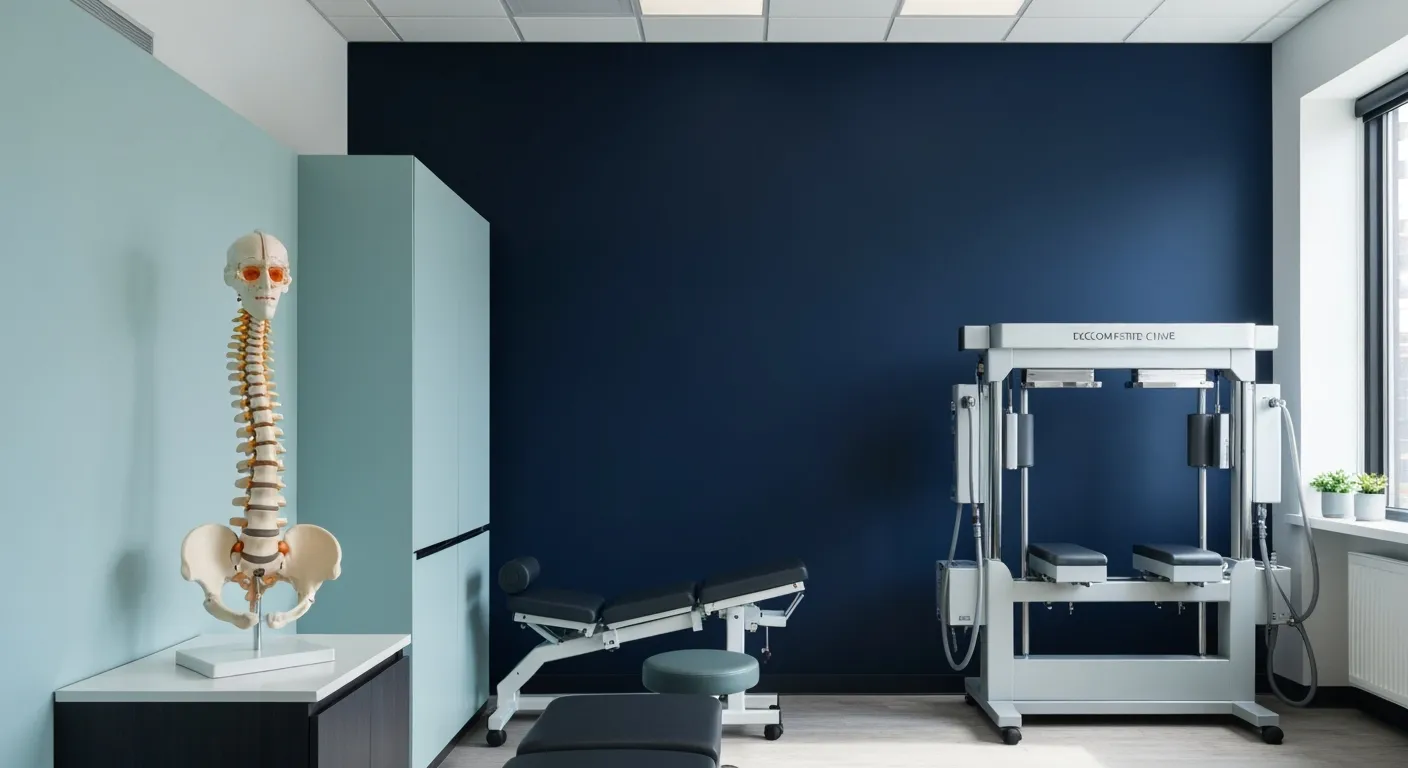
Understanding Spinal Decompression as a Treatment for Sciatica Pain
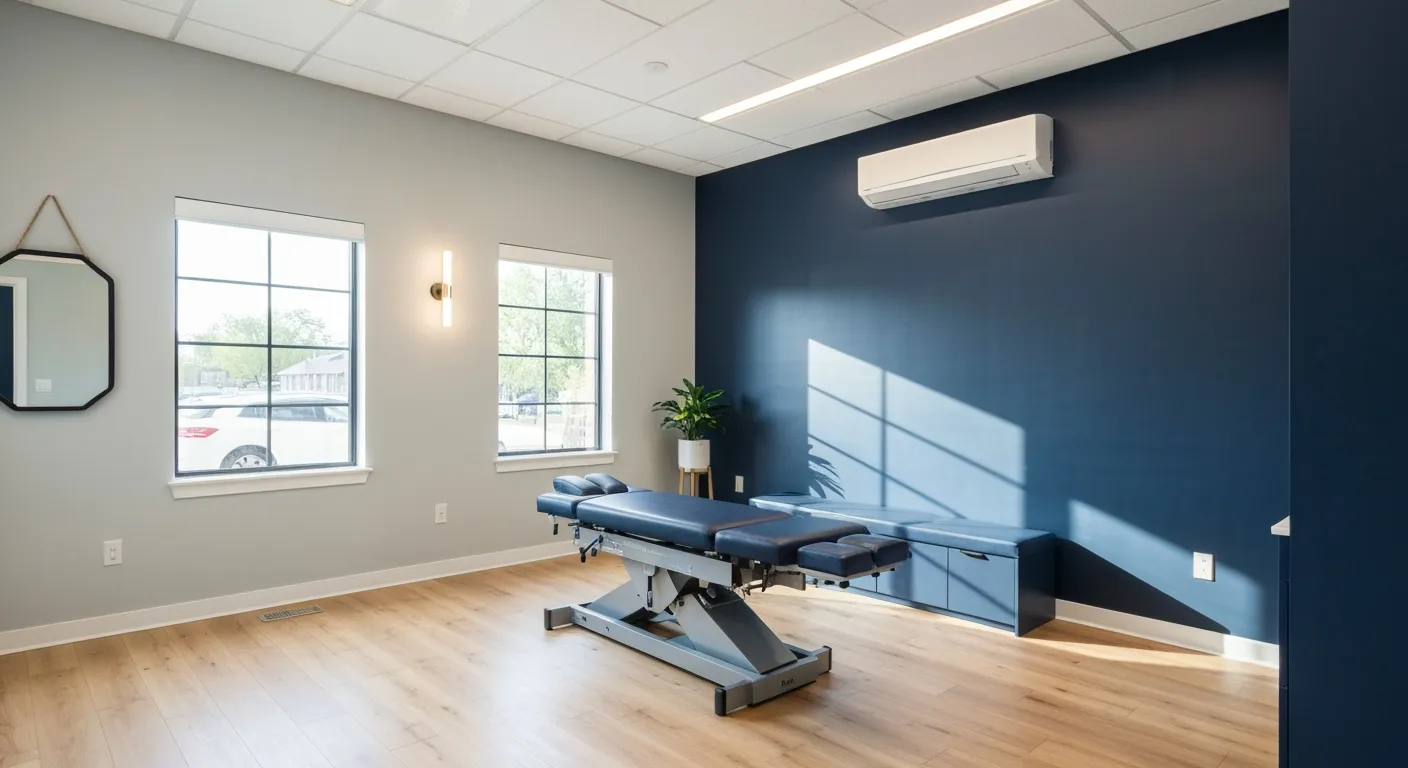
Benefits of Chiropractic Care Specifically for Back Pain Relief

Understanding Gait Analysis in Physiotherapy
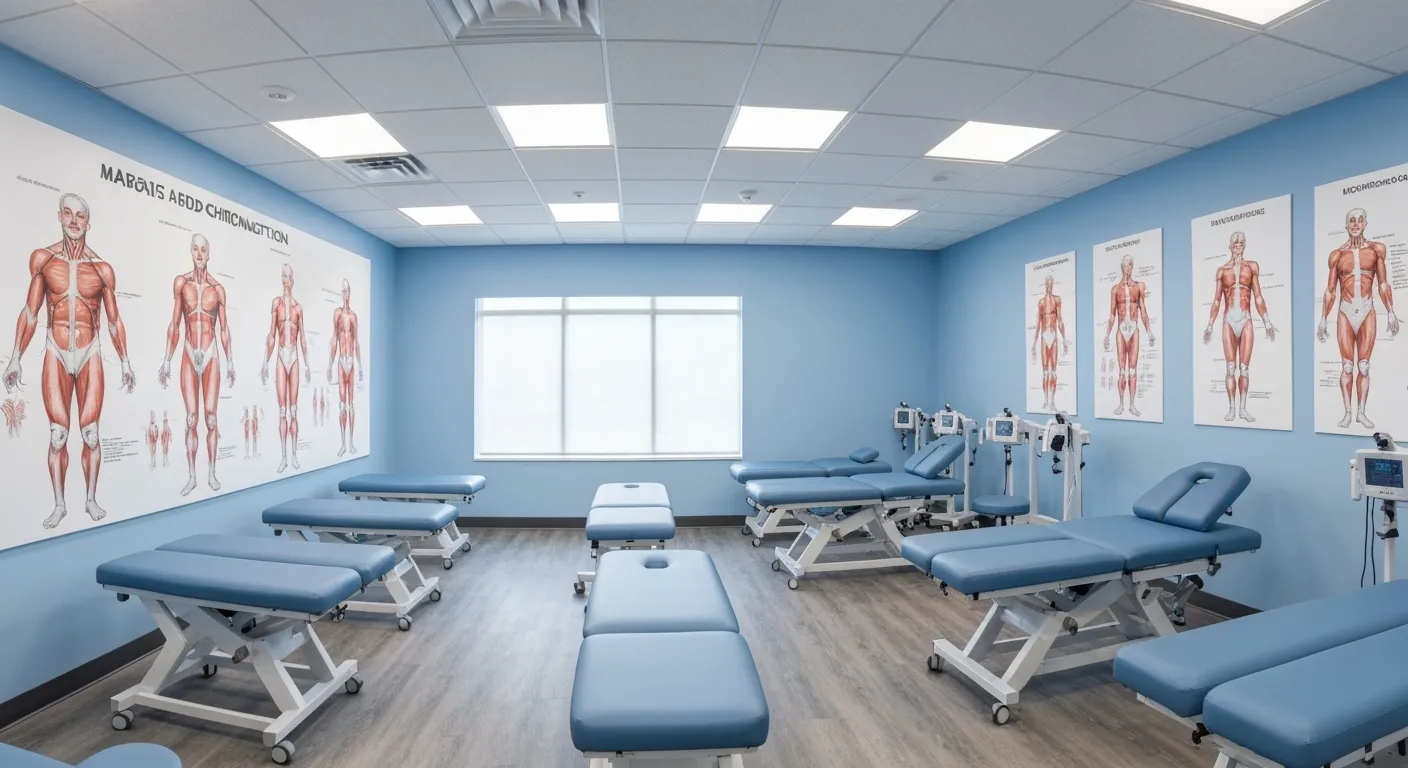
The Difference Between Muscle Soreness and Dysfunction
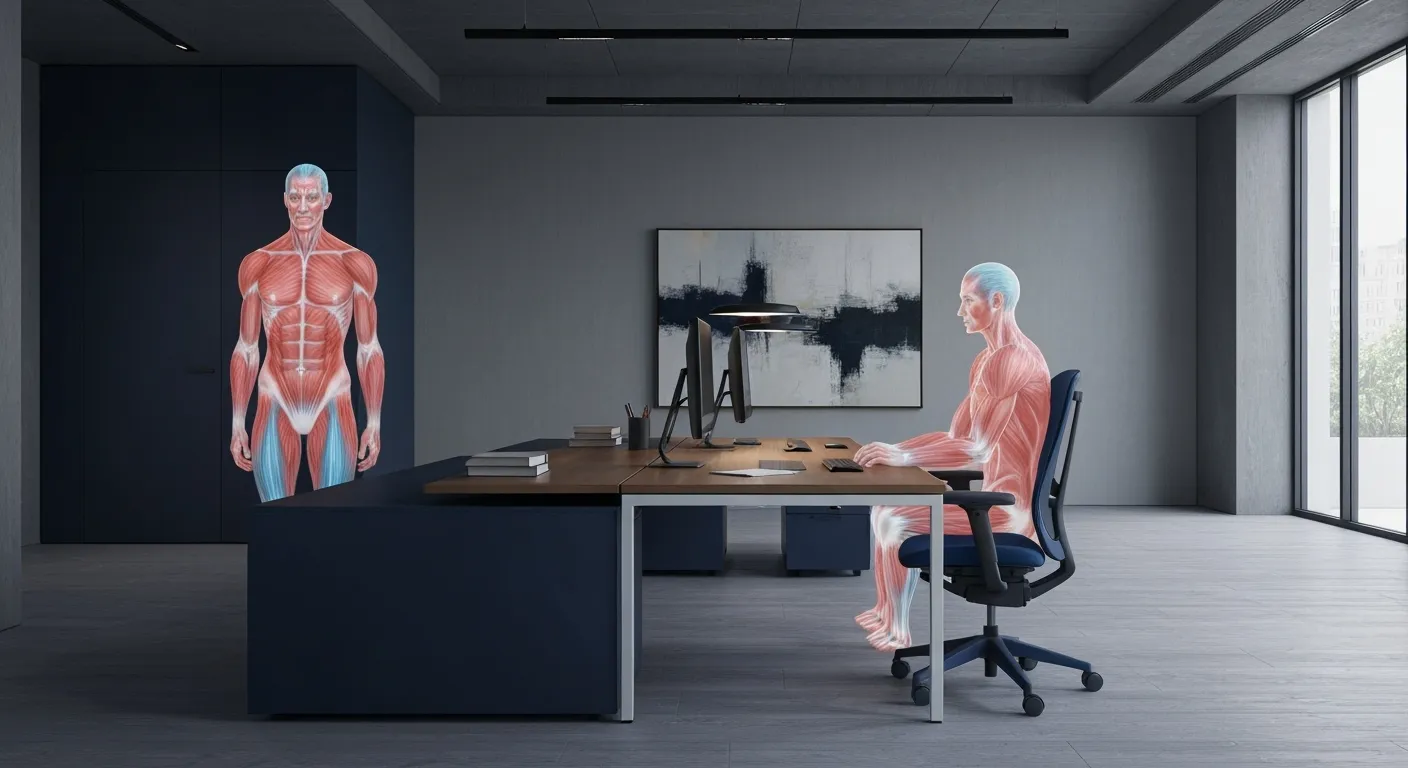
Workplace Stress Statistics: How Muscle Tension Impacts Productivity
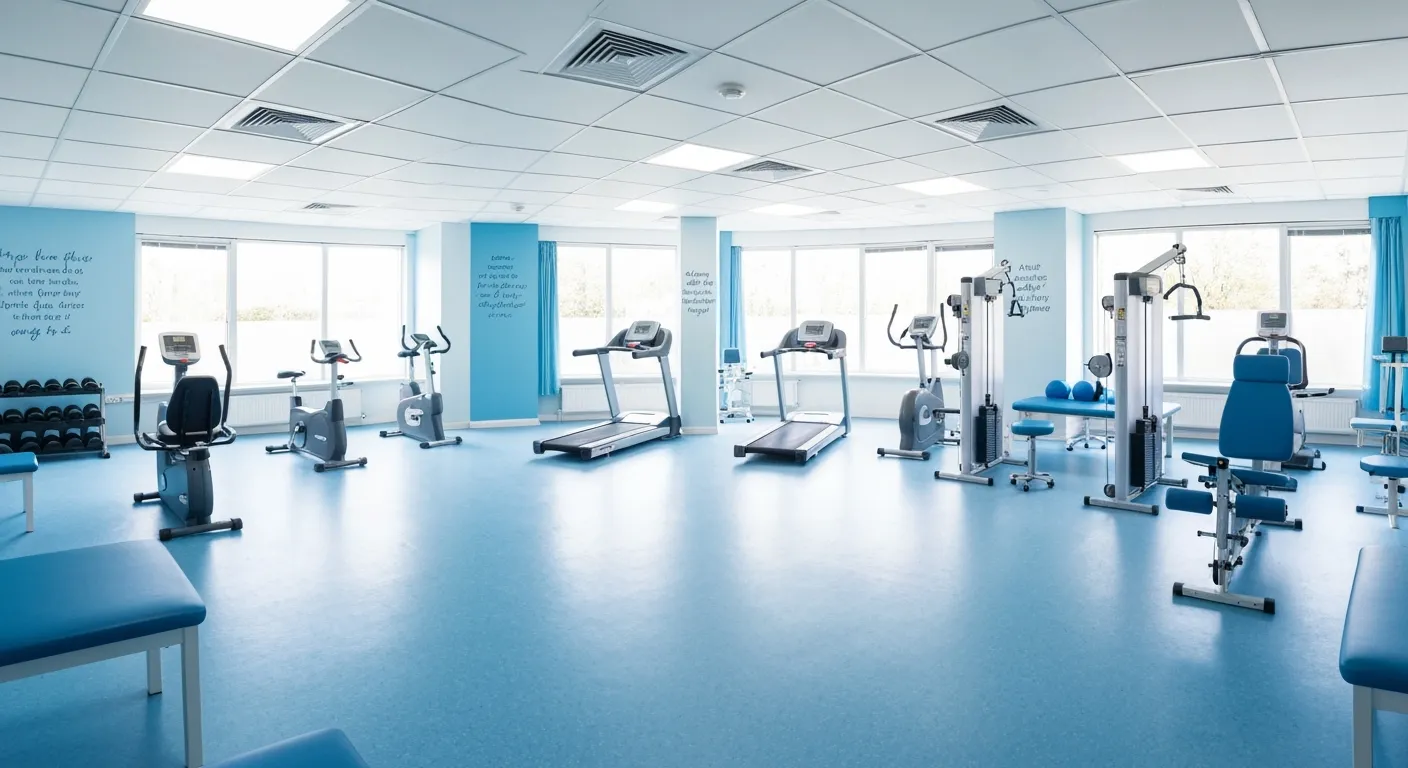
How Physiotherapy Improves Mobility for Seniors

How to Communicate Pain Levels to Your Therapist Effectively

